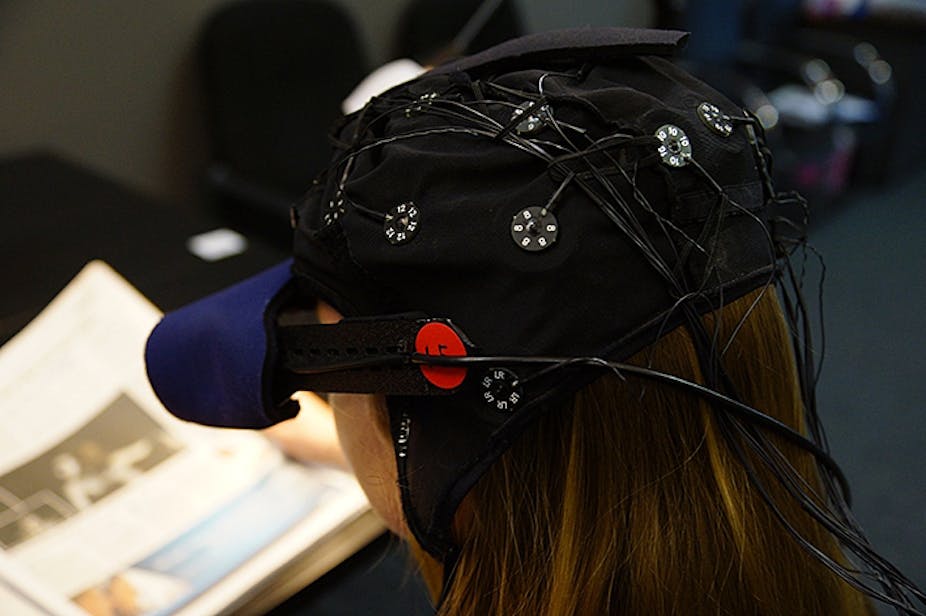Much of the commentary surrounding Fairfax Media’s decision to go tabloid (or “compact”, as described by Fairfax) has centred around the perceived changes to content. Content certainly matters, but not the way that commentators think.
The mis-analysis is based on a fundamental and common misunderstanding of the nature of printing newspapers. The only reason that I, as yet another media commentator and academic to look into the Alice-in-Wonderland shrinkage of the great Fairfax mastheads do understand it, is that I used to own one of the fire-breathing metal monsters that print newspapers. I felt — with every atom in my body — the pain that the Fairfax board must feel when they see the rivers of paper that stream through their presses fail to translate into “rivers of gold” — the classified and advertising revenue of yore.
Let me explain how the printing process works. Newspaper printers take giant multi-tonne rolls of quality toilet paper, thread them through some of the most expensive machines on earth outside of Cape Canaveral, and then — most crucially for this current debate — put the result printed belt of paper through a complicated and fraught folding process: origami at hundreds of metres of paper a minute.
But the presses that will produce the tabloid papers are equally capable of producing broadsheet papers. There is no difference in cost; they are the same presses. In my own experience, tabloid papers per square inch of printed material produced are more expensive than broadsheets to produce.
To produce a tabloid out of a broadsheet paper, you trim off what was formerly the spine of the broadsheet. That paper is sucked out of the folding machine by giant vacuum cleaners, straight to recycling. Wasted. Next, you lose the “gutter” of the tabloid fold. Here’s a little experiment: open up page two of the “new” Herald or the Age and let your eye drift to the rightmost column — and then a little further. White space. That white space wasn’t there when the paper was a broadsheet; that’s lost acreage. Over a single edition of the Herald or the Age, hundreds of acres of what was formerly print is now white space. Wasted.
So, a 64-page tabloid is a dramatically less efficient use of newsprint than a 32-page broadsheet.
So why would a publisher who has to make money out of selling newsprint by the acre decide to produce newsprint by the acre less efficiently?
In fact, there are some very good reasons. They have everything to do with advertising, and nothing to do with content.
First of all, if you’re interested in this sort of stuff, you will have heard rumours that Fairfax sales people are still trying to get advertisers to pay a premium for a full page, and no doubt they’re doing the same with half pages. Even though their new full page only requires half the newsprint of the old full page to produce, in rough terms. Now we’re getting to the rub. The little ads are still going to be sold by the column centimetre, but the big ads are going to be sold by the chunk: half, full and so on. Thing is, the chunk has shrunk.
Secondly, the ads in the tabloid are going to work better, assuming readership doesn’t shrink along with the chunk. As an independent newspaper publisher with the luxury of my own press, I did some unconventional things with my own titles. I sprinkled content throughout the paper that I knew readers wanted to read. I broke convention by even running good content in amongst the classifieds. I practised a principle that the Fairfax board was acting on when they chose to go tabloid. The thing is, we want to read content, and we don’t want to read ads. But unlike with television or radio, where you can change channels, once you’re ‘inside’ a newspaper, you are trapped — at least a little. The key then is to lay the breadcrumbs of content around the ads, and you have the reader doing what the advertiser really wants: either actively or passively reading ads.
In tabloid format, the content comes closer to the ad, whether the reader wants it or not. In that sense, tabloid is “better” than broadsheet. I fear that Fairfax might make the serious mistake of running too many full-page ads in its early pages, simply unable to resist the lure of the loadings that come with “early general news” pages. But if they hold their nerve, and don’t over-egg the product with ads, the advertisers are going to get impact. And when the advertisers get impact, they pay — and they’ll keep coming back.
And one final mistake that Fairfax has already made. For all this talk about the tawdry tabloid, Fairfax could have avoided the problem by actually changing the toilet roll. For 10 or 15% extra, they could have printed the new products on a higher quality, perhaps thinner paper, that would reproduce photos better, smaller, and overall look classier and less tabloid. Instead, they have crept up the font size by 10%, shrunk the amount of acres of content they are printing every day, and missed a chance to really shake things up.

